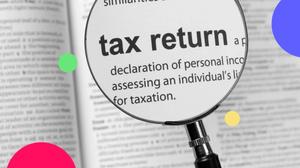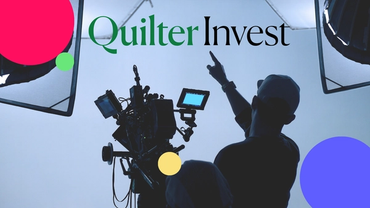How to build an investment portfolio
By Holly Mackay, Founder & CEO
12 June, 2024
Having an investment portfolio sounds very grand and bowler-hat-in-the-City-ish, but it doesn’t have to be. Anyone can do it - you don’t even need a financial adviser to answer your every beck and call. Just follow the below, easy-to-follow steps for the basics.

1. Choose which account to invest with
Really, it all comes down to deciding between an ISA and your pension.
ISAs are flexible and you can get your money out whenever you want. They’re also shielded from tax so are a logical starting point for most of us. However, pensions are brilliant in that you get tax relief (a bit like ‘cashback’ from HMRC!) which immediately gives your pension a boost – the trade-off for this is a lack of flexibility and your money being locked away until you’re at least 55, soon rising to 57.
I save into both and the closer I get to my mid-50s, the more I start to allocate to my pension. But in my 30s, the majority went into an ISA. It depends on your timeframes and what you’re saving for. The table below may help you identify which account is better suited to your needs.
ISA | Pension |
Better if you’re younger | Better if you’re closer to retirement |
Shields any interest, dividends and/or investment gains from tax | Get tax relief from the government to boost the value of your pot |
Can withdraw whenever you want | Money is locked away until you’re at least 55 (soon to be 57) |
Good for general saving/investing | Good for those prioritising retirement saving |
2. Decide on your asset allocation
This just means working out how much you want in shares and how much in less volatile assets such as cash.
Shares will bounce up and down and inevitably have both lovely years and shocking years. The reason everyone goes on about timeframes is if you’re saving for 20 years, it doesn’t matter if the stock market crashes in year 4 - as long as it comes back in year 5 or 6. The odds are of course that it will.
Bonds and cash are supposed to be less bumpy. However, this isn’t a hard-and-fast rule. For example, bonds had a bit of a shocker after Liz Truss’ infamous mini Budget in 2022 which rattled markets.
Your asset allocation depends on your timeframes and your nerves. If I were in my 30s or 40s and saving into a pension – so by definition that’s locked away for around 10-20 years – I would personally have it all in shares. 100%. This gives you the best chance of making the most.
Conversely, if I were in my 30s and saving for a flat in a Lifetime ISA, and I knew I wanted to buy within the next 2 years, I’d probably keep it 100% in cash.
If I were in my 60s, and felt pretty well-off and had everything I needed, I might be tempted to keep a larger chunk in less volatile assets - like bonds or cash - because this could be all about keeping hold of what I’ve got. (Rather than trying to make more, which always comes with a bit of risk).
But if I were in my 40s, in decent health, and wanted to keep my savings invested in the stock market to fund my retirement (drawdown), and I had an emergency pot for cash saved up for short-term emergencies, I might want to keep the vast majority in shares because I could go on for another 40 years and I can tolerate volatility in the majority of my portfolio.
It's horses for courses. Don’t just play it safe and go half-half, or pick a ‘medium risk’ option – this is not like picking the middle wine on a wine list of 5! It’s a more important decision and it comes down to what you want and need from your savings, how old you are, what timeframes you’re working to, and how much you will have a hernia and/or lose sleep when markets have an inevitable wobble!
3. Identify your preferred investment approach
 Unlock this article to continue reading
Unlock this article to continue reading
Already have an account? Login






